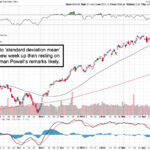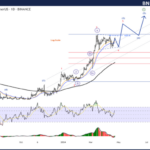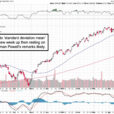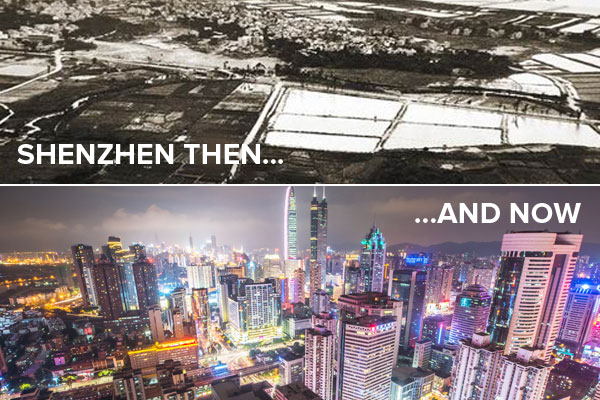
Forty years ago, Shenzhen, China, was a sleepy fishing village of 30,000. But in 1980, then-Communist Party leader Deng Xiaoping designated the southern town as one of four special economic zones (SEZs), thereby giving it special tax benefits and preferential treatment to foreign investment. In the years that followed, Shenzhen expanded at an alarming pace. Its GDP per capita grew a jaw-dropping 24,569 percent between 1978 and 2014, and by 2016 its population stood at nearly 12 million.

Today Shenzhen is universally held up as one of the capitalism’s great success stories. Because of Deng’s willingness to liberate its economy and open Shenzhen up to foreign investment, the once-poor, now-thriving megacity is known as a world-class tech hub, home to the Shenzhen Stock Exchange and one of the busiest financial centers in the world.
Now it looks as if China aims to catch lightning in a bottle once again by designating a brand new region as a SEZ. On April 1, President Xi Jinping announced plans to transform a little-known farmland called Xiongan into a glittering technology and innovation hub, complete with new businesses, universities and state-of-the-art transportation.
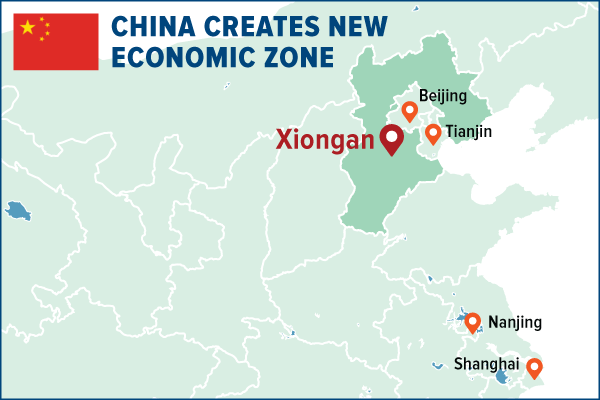
The Xiongan New Area, which will eventually cover 2,000 square kilometers—more than twice the size of New York City—is intended to relieve congestion in the capital of Beijing and nearby Tianjin. Among other potential consequences include spreading the country’s economy northwest, away from the bustling coastal cities, and boosting gross domestic product (GDP) growth, which has been trending down for the past several quarters. In the first quarter of 2017, China beat market expectations by expanding 6.9 percent year-over-year—a far cry from the double-digit growth in years past, but impressive nonetheless.
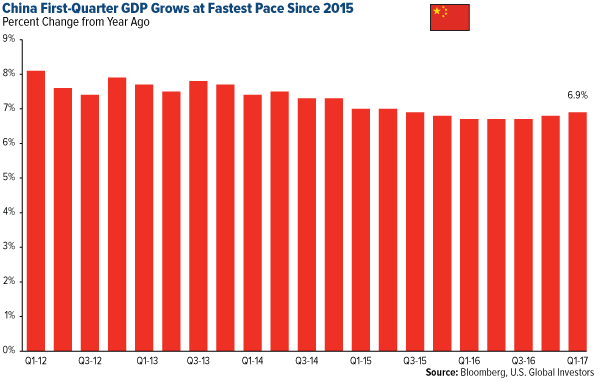
Potential Investment Opportunities Expected
Like Shenzhen before it, Xiongan is expected to offer phenomenal investment opportunities. Remember, we’re talking about a brand new megacity literally built from the ground up. According to UBS estimates, the project will require as much as $580 billion over the next 20 years. As you might imagine, massive amounts of raw materials and resources will be needed, including steel, glass, cement and more. Steel demand alone should increase imports of the metal between 12 and 14 million metric tons per year if mass construction begins in the next 10 years, according to Citi Research analysts.



